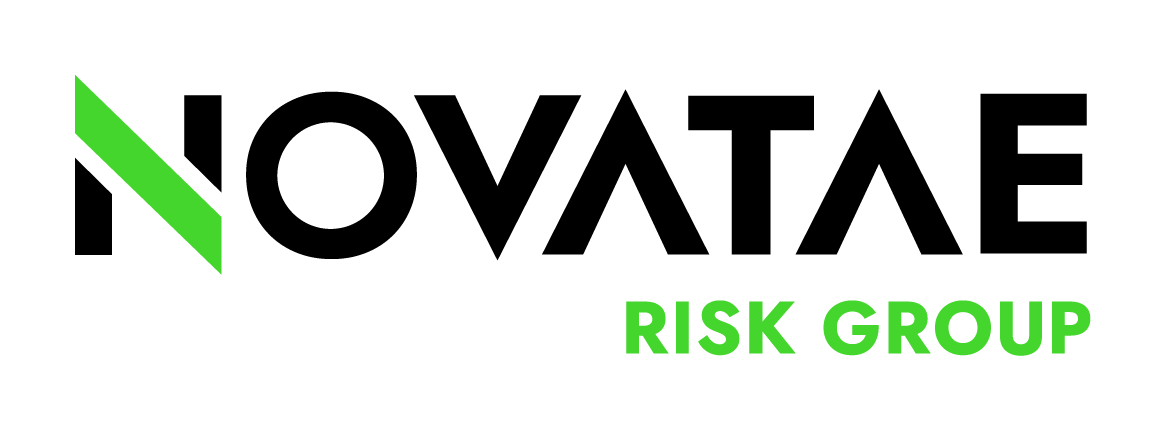UIG is now a part of the novatae risk group
About UIG
UIG is an insurance MGA and Wholesale Firm founded in 2001 by a family of insurance advisors. Representing more than 50 insurance carriers, the firm specializes in comprehensive risk management solutions, including the rating, placement, and servicing of bar, tavern & restaurant accounts with liquor liability, commercial property, including earthquake and flood, thousands of casualty and professional classes and dwellings & manufactured homes.
The UIG team takes pride in offering quality coverage for your clients at the most competitive premiums available in the market.
You can expect the same service and care you've come to expect from UIG, but with a new name and expanded capabilities!



.png)
.png)